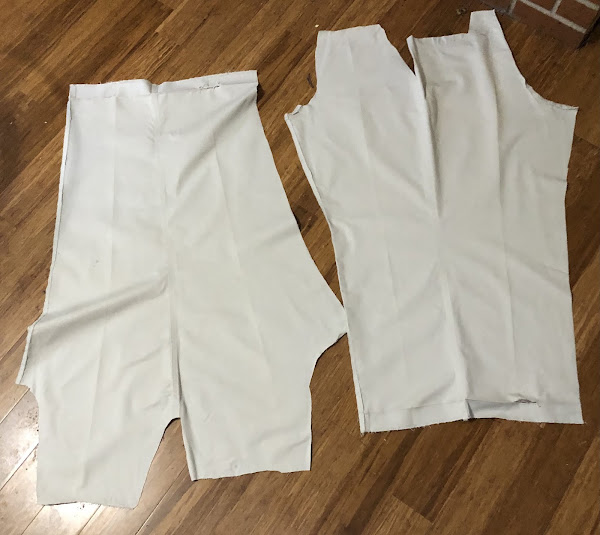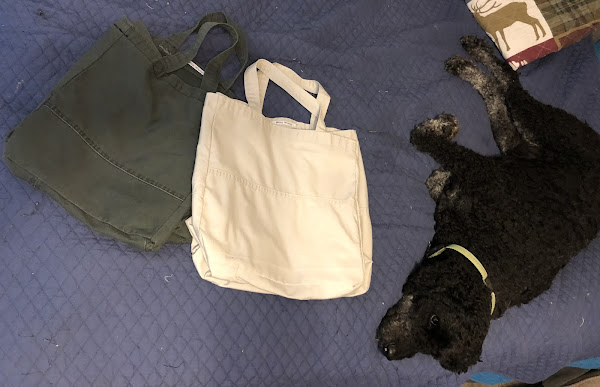Friday, October 22, 2021
Making Jalapeño Green Hot Sauce. 10.22.2021
Tabletop Quilt. 10.22.2021
Thursday, October 21, 2021
Nerine Flowers. 10.21.21
These Nerine were in a container for years, then two years ago I planted them in my garden in an out of the way location. Beyond weeding and a mulch, I don't do anything for them. My great aunt Emma used to grow Lycoris, which is very similar. She called them "Magic Lilies" because the leaves would die down, then weeks later a flower stalk would emerge. I've never been able to grow Lycoris here, but this Nerine seems quite happy.
Carnivorous Sarracenia Plants. 10.20.21
Some of the pitcher plants have a lot of nice color now. All I did with them this year was repot in larger containers and keep the rain water in their basins fresh to avoid mosquitoes / not dry out. During the winter they can just sit outside. It's a lot of color to be so easy.
Wednesday, October 20, 2021
Cooking a Jumbo Size "Illinois" Squash. 10.20.2021
Sewing Upcycled Chinos Grocery Totes. 10.29.2021
Planning a Table Top Quilt for Fall. 10.20.2021
Planting an Apple Seedling from Calypso™ X Golden Sentinel™
Last year I pollinated some Redlove™ Calypso™ blossoms with pollen from a Golden Sentinel apple tree. The goal was to see if seedlings would have red flesh apple traits but columnar shape tree. From the seedlings, twomhad red leaves, so I'm confident the apples will have red flesh. Both might have columnar shape. It's too early to say. This one has not made branchlets yet, unlike the other two. It does appear to have a blossom spur, even though it seems early for that.

























